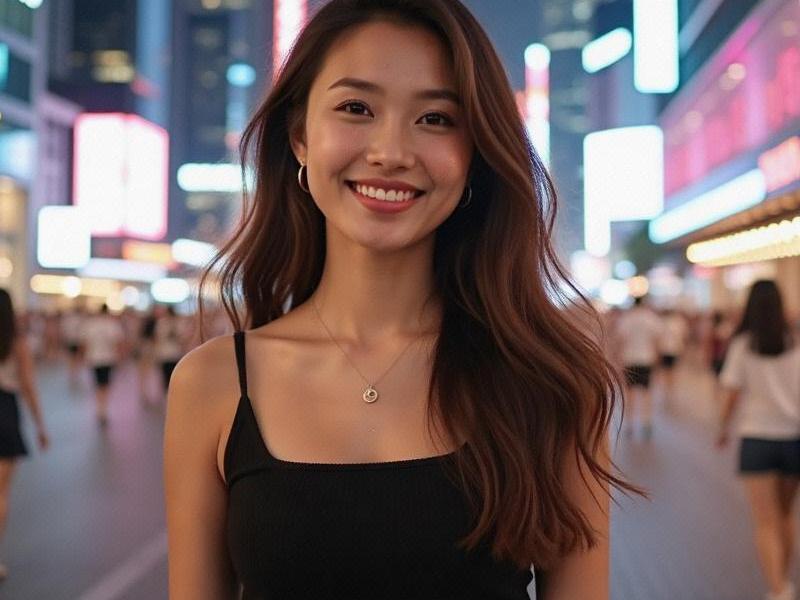This 2,800-word feature examines the unique position of Shanghainese women as both guardians of cultural heritage and pioneers of modern urban living, exploring how they navigate competing expectations in China's most international metropolis.

Historical Context: The Making of Modern Shanghainese Women
The evolution spans four distinct eras:
- Treaty Port Era (1843-1949): Western influences crteeaChina's first "modern girls"
- Socialist Period (1949-1978): Women mobilized as industrial workforce
- Reform Era (1978-2000): Re-emergence of feminine expression
- Global Shanghai (2000-present): Cosmopolitan identity formation
Economic Powerhouses
Shanghai women dominate key sectors:
- 53% of financial sector professionals
- 47% of tech startup founders
- 60% of luxury retail management
新上海龙凤419会所 Notable figures:
- Zhang Xin (Real estate billionaire)
- Chen Lihua (Biotech innovator)
- The "Huangpu Mavens" (Female investment group)
Cultural Custodians
Preserving traditions while innovating:
- Qipao modernization movement
- Shanghainese dialect preservation societies
- Contemporary reinterpretations of Jiangnan cuisine
Fashion Frontiers
上海喝茶群vx Distinct style characteristics:
- "East-meets-West" aesthetic
- Sustainable luxury adoption rates (42% above national average)
- Local designers gaining global recognition
Social Dynamics
Unique challenges and solutions:
- Later marriage trends (average age 31.2)
- "Two-Child Paradox" among professionals
- Innovative co-parenting networks
Global Influencers
爱上海同城对对碰交友论坛 International impact areas:
- Contemporary art (Cao Fei)
- Architecture (Ma Yansong)
- Science (Tu Youyou)
The Next Generation
Emerging trends among Gen Z:
- "Cultural Confidence" movement
- Digital entrepreneurship boom
- Neo-feminist collectives
As sociologist Dr. Li Wei notes: "Shanghainese women have mastered the art of selective modernization - adopting global practices while preserving core cultural values." Their continued evolution offers valuable insights into China's urban future.